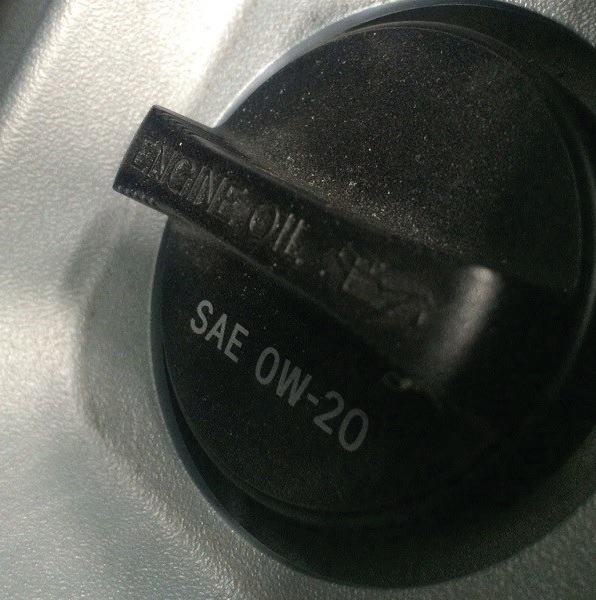Weighty matters
Evan Zabawski | TLT From the Editor January 2018
Engine oil classification has a tortuous history.

SAE grades were once called weights, which had nothing to do with mass.
WHY ARE MOTOR OILS REFERRED TO BY WEIGHT? Every so often I am asked this question when explaining SAE viscosity grades, and the answer is a bit of a history lesson.
In 1911 the Society of Automotive Engineers (SAE) adopted the first classification for crankcase oils called Specification No. 26, where oil was specified by specific gravity, flash and fire tests. It was the first iteration of what eventually became the J300 standard and included specifications (not grades) from 20 to 115, commonly referred to as weights.
In 1923 a specification for 10 oil was added, and all oils were classified on the basis of their viscosity ranges measured by Saybolt viscosity at 100 F and 210 F. With this specification, for the 20 to 50 oils, their number represented the first two figures of the average Saybolt viscosity at 100 F. For example, the lowest range was 180 to 220 SUS, and the average of those values is 200 SUS; therefore, this oil was designated as a 20, the first two digits of 200. The numbers from 60 to 115 still signified the average Saybolt viscosity range, but at 210 F.
In 1926 a new classification was adopted in response to issues with different characteristics of base crudes and to the use of marketing terms like light, medium and heavy. In this version, the list of numbers was narrowed to 10, 20, 30, 40, 50 and 60, which were now identified by viscosities measured at 130 F and 210 F, but the numbers had no relationship to these ranges, as they once did, yet they were still called weights.
In 1933 two tentative winter-grade (W) classifications were issued, 10W and 20W, with viscosity ranges specified at 0 F (though they were determined by extrapolation from higher temperatures). The only other change at the time was the addition of a number 70 oil. This W has been misinterpreted as short for weight.
After eight years without official winter-grade specifications from SAE, the automotive manufacturers adopted their own low-temperature classification using the same values. In 1948, reflecting a change in the viscosity-temperature chart used for extrapolation, the values were increased by 20%.
In 1950 SAE completely overhauled their classifications, dropping SAE 10, 60 and 70, and the requirements at 130 F, while adding the automotive manufacturer’s classification for 10W and 20W, plus a lower viscosity 5W grade.
In 1955 SAE added the General Information Report on multi-viscosity numbering. It stated that a multi-viscosity oil such as SAE 10W-30 meant the oil had a viscosity at 0 F that met the SAE 10W criteria, and a viscosity at 210 F that met the SAE 30 criteria. In 1962, Specification No. 26 was renamed SAE J300, though no update was made to its contents.
In 1967 the standard was updated (designated J300a) to finally remove the inaccurate extrapolation in favor of the Cold Cranking Simulator method, and to change the viscosity measuring method for 210 F to kinematic. In 1974 a new designation, J300b, included an appendix summarizing work done to relate pumpability with viscosity. In December 1975 another new designation, J300c, added the 15W grade within a footnote.
In July 1977 a revised classification, J300d, was developed, altering the high-temperature viscosity temperature units to 100 C, and the ranges to the ones still in use today. In September 1980 SAE added a 0W grade and pumpability temperatures (no viscosity qualifications, though), upgraded 15W from a footnote and changed the format of the designation to SAE J300 SEP80. After three more revisions, J300 JUN89 reinstated SAE 60 as a grade and qualified pumpability with a viscosity of 30,000 cP. The current standard has been revised a dozen more times, and now includes SAE 8, 12 and 16.
So it is true that SAE grades were once called weights, which had nothing to do with mass, but the viscosity classifications have undergone many significant changes that have distanced the term from its origins.
 Evan Zabawski, CLS, is the senior technical advisor for TestOil in Calgary, Alberta, Canada. You can reach him at ezabawski@testoil.com
Evan Zabawski, CLS, is the senior technical advisor for TestOil in Calgary, Alberta, Canada. You can reach him at ezabawski@testoil.com.